16 min read
The Power of Procedures for K12 Warewashing
In K12 school cafeterias, cleanliness isn’t just about appearances — it’s about food safety, efficiency and compliance. Trays, utensils, and kitchen...
2 min read
 Keith Schneringer
:
June 11, 2025
Keith Schneringer
:
June 11, 2025
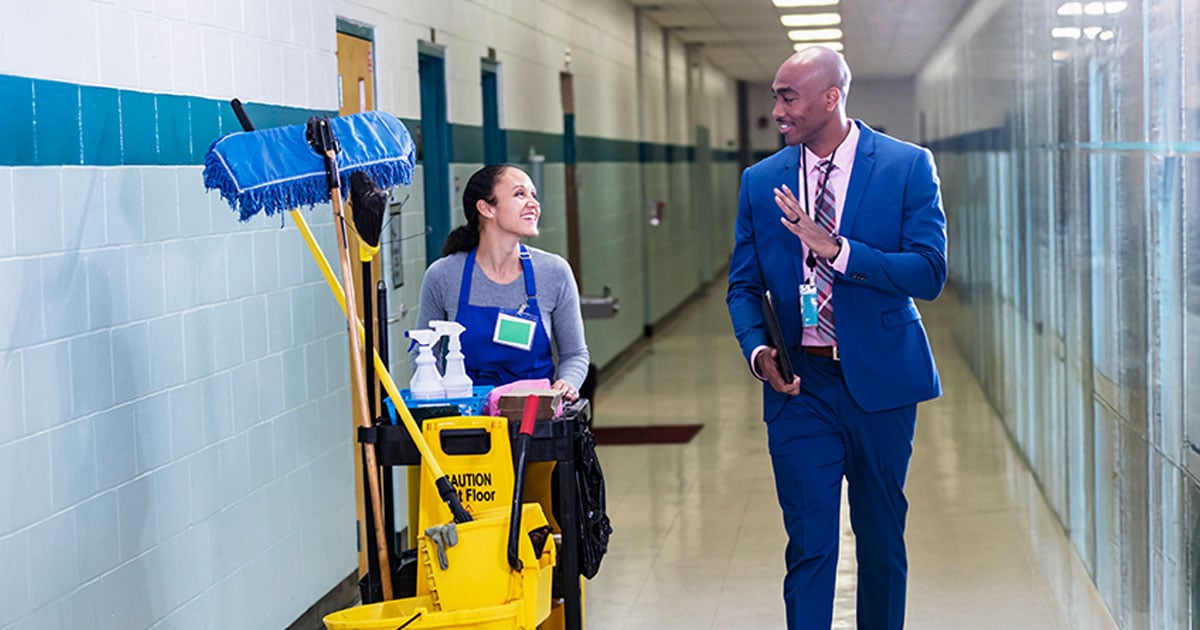
As K12 schools across the country grapple with tighter budgets, operational efficiencies have become more crucial than ever – especially in facilities management. One of the most labor-intensive and costly components of facilities management is cleaning and custodial work. Fortunately, schools can reduce labor costs and improve cleanliness outcomes by adopting these three key strategies: workloading, mechanization, and training.
Workloading is the process of breaking down cleaning tasks, assigning time standards to each, and aligning the right tasks with the right personnel. It helps ensure fair workloads, accurate staffing, and predictable results.
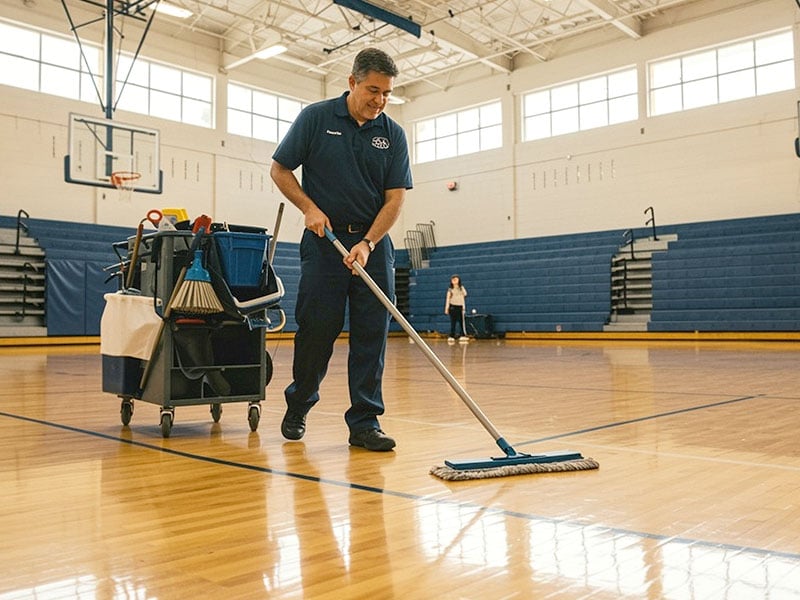
Mechanization means replacing manual processes with cleaning equipment that increases productivity and consistency.
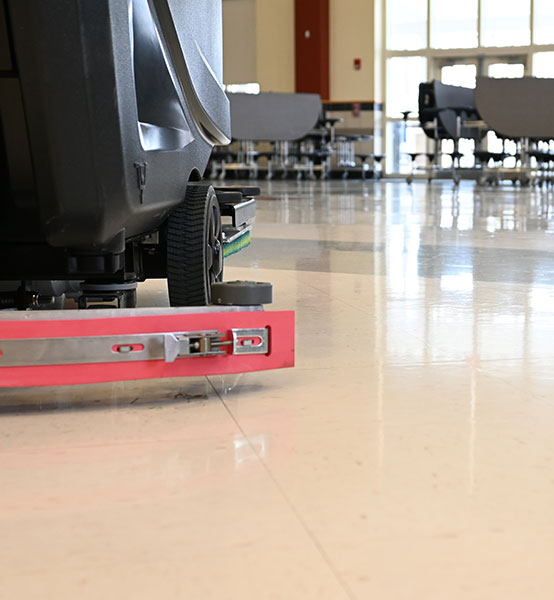
Even the best plans and equipment are ineffective without proper training. Well-trained staff clean faster, make fewer mistakes, and extend the life of school facilities.

In a time of shrinking budgets and rising expectations, K12 schools must rethink how they clean. By strategically workloading tasks, mechanizing processes, and investing in training, schools can cut labor costs, enhance cleanliness, and protect the learning environment for students and staff.
These steps aren’t just about cost savings – they’re about sustainability, safety, and smart stewardship of public resources. Now is the perfect time to clean smarter.
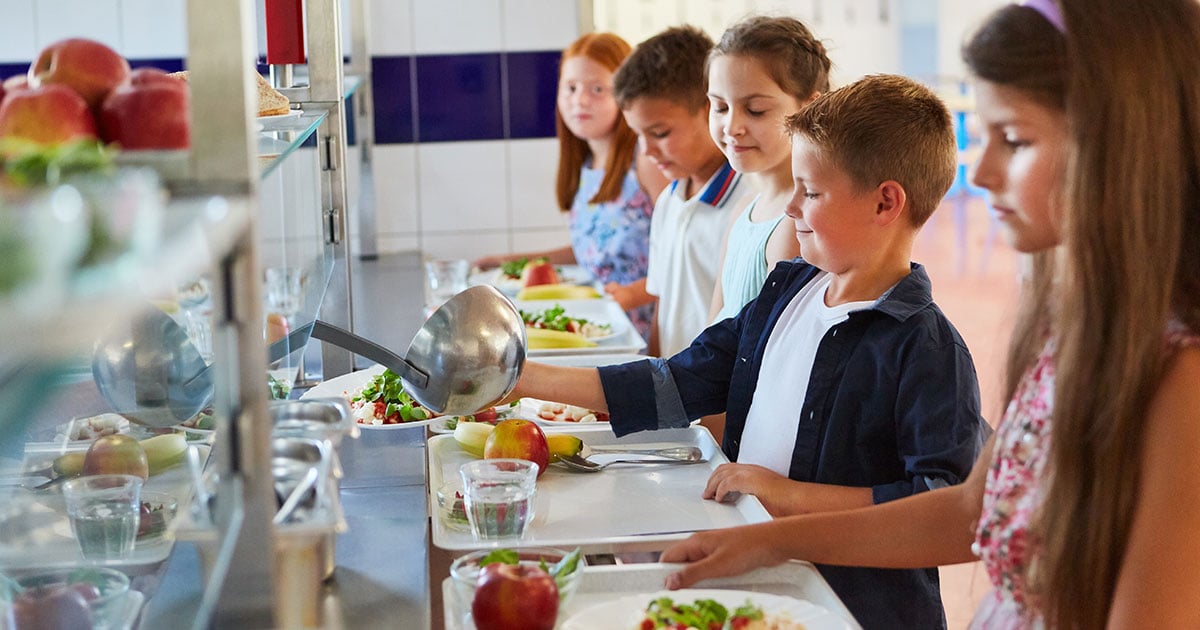
16 min read
In K12 school cafeterias, cleanliness isn’t just about appearances — it’s about food safety, efficiency and compliance. Trays, utensils, and kitchen...

11 min read
Running a K12 foodservice operation is no small feat. From managing meal prep to handling picky eaters and navigating dietary restrictions, school...
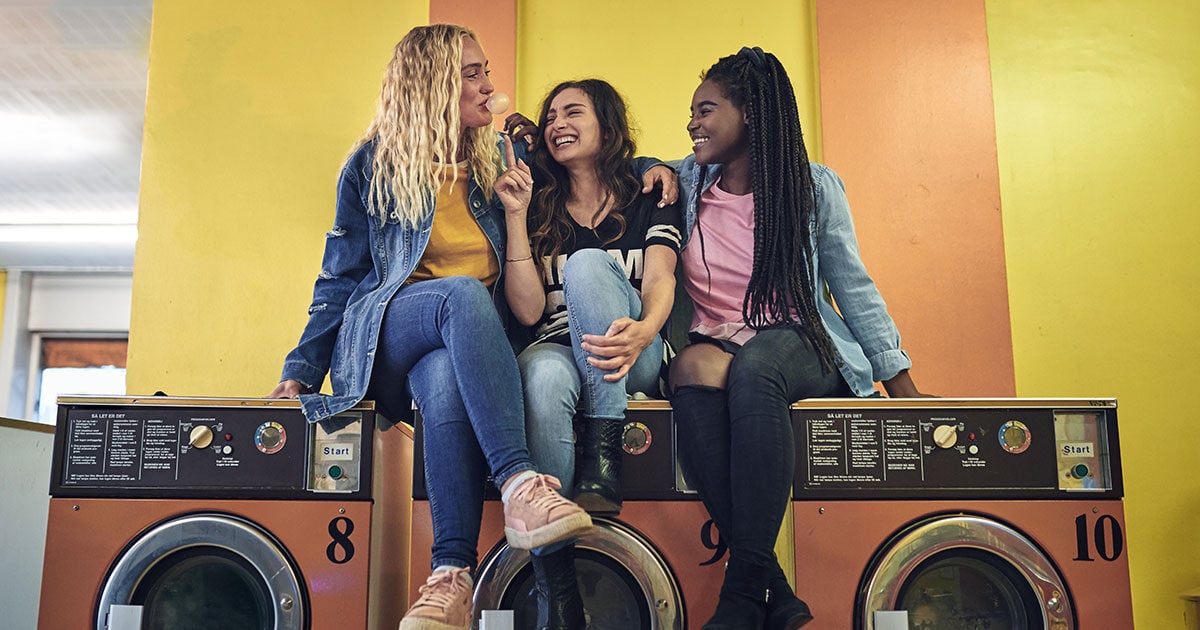
8 min read
Laundry operations in university settings go beyond simple wash-and-dry cycles. They’re tasked with handling an enormous variety of laundry, from...